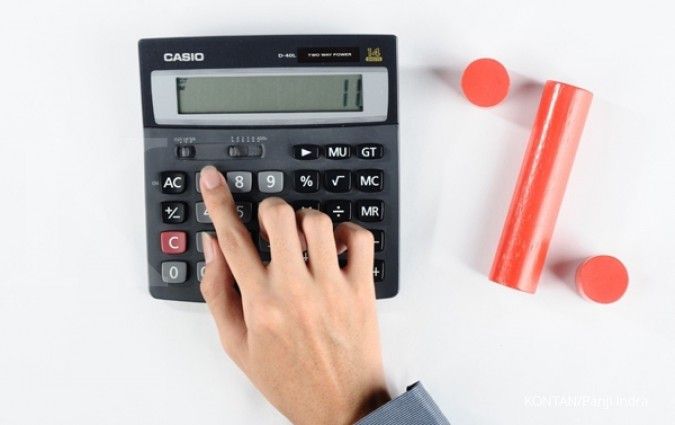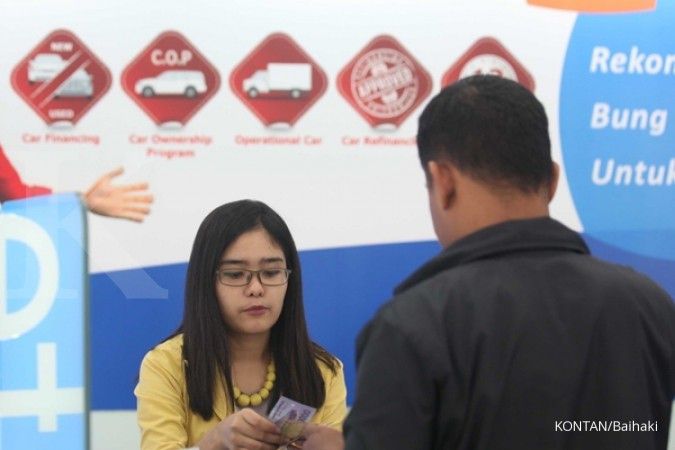JAKARTA. This year, BI (the Central Bank) will be focusing on maintaining banks’ liquidity to control the inflation and interest rates. Last year, BI more focused on reducing banks’ interest rate
This new strategy reflects on the implementation the new scheme of open market operation. Starting from 1 February, the new scheme adapts variable-rate tenders (VRT) mechanism, replacing fixed-rate tenders (FRT) mechanism.
Under the scheme of VRT, the banks apply for the discount rate to participate in the auction for Central Bank Certificates. Previously, the discount rate was determined by BI through FRT mechanism.
Senior Deputy of BI Mirza Adityaswara said, the implementation of VRT mechanism aims at maintaining liquidity. “The replacement will allow BI to capture the preferences and market price related to liquidity in various tenors from two weeks to one year," Mirza told KONTAN, Wednesday (1/2).
Apparently, the auction mechanism will reduce the chance for reducing the interest rate. However, on the other hand, the solid liquidity will allow BI to control the inflation rate and prevent banking sector to increase the interest rate. Let alone, according to Mirza, BI is still guiding the market through stop out rate or the highest rate tolerated by BI.
This seems to be the most reasonable option, on the grounds that the liquidity squeeze is still overshadowing domestic financial market.
Meanwhile, inflation rate is potentially to be higher compared with the previous years. As a comparison, BPS (National Statistic Agency) on Wednesday (1/1) announced that inflation rate during January 2017 stood at the level of 0.97%. This was the highest inflation rate in January during the last two years.
Some bankers positively responded BI’s policy. The bankers are optimistic that the mechanism will be able to maintain the stability of credit and saving interest rates. But on the other hand, the bankers are unlikely to be more aggressive in reducing the credit rate.
According to BI’s data, the banking credit rate only dropped by 79 bps to in average of 12.04% at the end of December 2016. In fact, BI’s interest rate and deposits rate have dropped by 150 bps to in average of 6.46% and by 114 bps-143 bps to in average of 7.38%, respectively.
President Director of Bank Central Asia (BCA) Jahja Setiaatmadja said, the credit rate depends on the cost of funds and the liquidity availability in the market. In this case, the credit rate can be controlled if the costs of funds are lower and the liquidity is sufficient.
Direktur Treasury & Capital Market of Bank CIMB Niaga John Simon said that VRT mechanism can stabilize the liquidity, on the grounds that the mechanism will allow banks to apply a more competitive auction interest rate. John added that the solid liquidity may control the deposits and credit rate.
Director of Retail Banking of Bank Permata Bianto Surodjo said that the credit rate determination always refers to liquidity, risk premium, and credit demands. “In referring to those factors, the credit interest rate still has chance to decrease in 2017,” Bianto said.
Meanwhile, Financial and Treasury Director of BTN Iman Nugroho Soeko said that the bank will sustain the margin amid the decrease in credit rate.
(Muhammad Farid/Translator)













